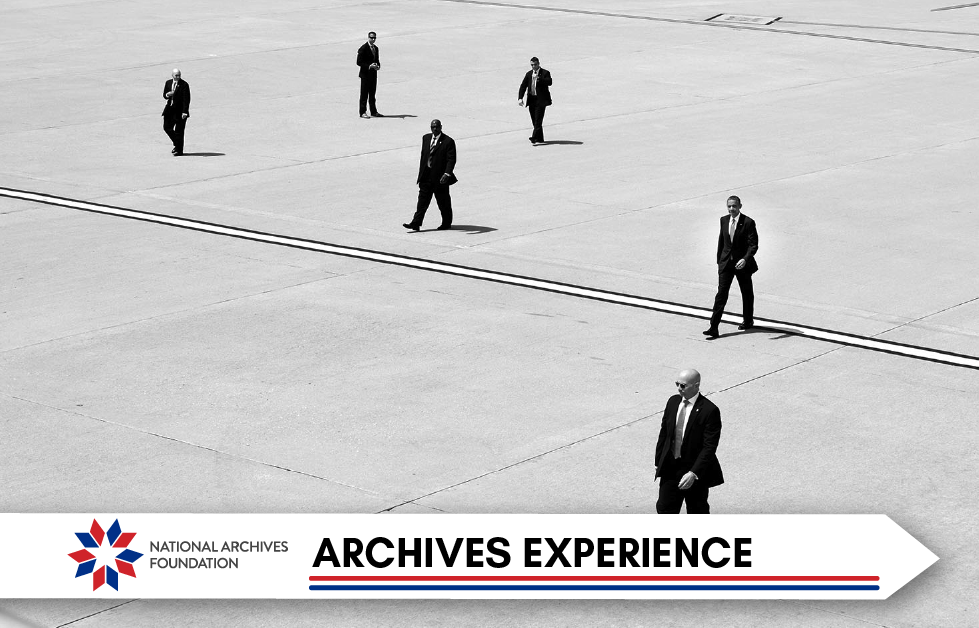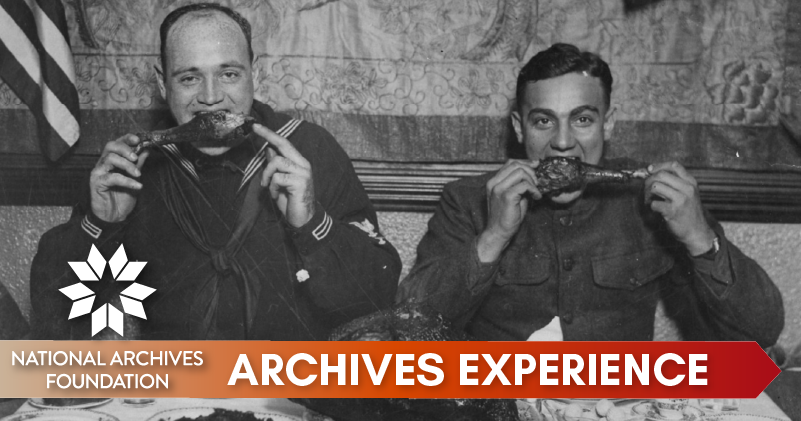Worthy of Trust and Confidence

There’s probably no room that a President can walk into unnoticed. Anywhere they go, crowds form, cheers erupt, and you may even hear “Hail to the Chief” playing in the background. But what—or who—you might not notice are the agents surrounding the President. All day, every day, they put their lives on the line, and they do so with quiet dignity. But that wasn’t their original purpose. Today we investigate how the Secret Service went from chasing counterfeit coins to protecting the leader of the free world…
The Secret Service is one of America’s most famous law enforcement agencies in addition to being one of the oldest, but its story is probably one of the least well-known. By 1865, the country’s financial system had been the topic of debate for almost a century. From Alexander Hamilton’s plan for the federal government to assume state debts to Andrew Jackson’s abolition of the National Bank, finance was a touchy issue.

November 23, 1940: Secret Service records arrive at the National Archives building
National Archives Identifier: 12168728
Add in the massive amounts of counterfeit money floating around, and it’s a recipe for a financial crisis.
At the end of the Civil War, more than one-third of American currency was counterfeit. This isn’t just bad because people and businesses were getting paid with worthless cash. Counterfeit money also devalues real money while financing underground and black market activities, thereby increasing crime. In addition to a host of other reparative measures taken after the Civil War, the Department of the Treasury established a new law enforcement agency to curb counterfeiting: the Secret Service.
Secret Service agents inspect currency
(5 minutes 51 seconds)
National Archives Identifier: 149272199
Over time, the Secret Service’s mandate expanded from counterfeit money to other organized criminal activity. They were active in combating the rise of the Ku Klux Klan during Reconstruction; pre-Prohibition, they cracked down on underground brewers and distillers who didn’t follow state and federal laws; they began investigating cases of land fraud against the federal government in the wake of Western expansion; and they also went after robbers, smugglers, and mail thieves.

World War II Secret Service warning to wives and dependants
about stolen soldiers’ checks
National Archives Identifier: 271786878

William J. Flynn, Chief of Division and Staff at the Secret Service, at the whiskey testing laboratory, 1947
National Archives Identifier: 158884159
One of the tragic ironies of the Secret Service is that the agency that would eventually protect Presidents was established by Abraham Lincoln on April 14, 1865—the day he was assassinated. There were actually immediate calls for the Secret Service to be assigned the duties of Presidential protection, but even though the country was in deep mourning, other crimes took precedence.
In 1894, the Secret Service began protecting President Grover Cleveland part-time. Before the Secret Service assumed full-time protection of the President in 1902, two more Presidents were assassinated: James A. Garfield on July 2, 1881 (although he didn’t pass away from his gunshot wound until September 19, 1881), and William McKinley on September 14, 1901.
In 1901, the Congress requested full-time Presidential protection from the Secret Service, and thus every President from Theodore Roosevelt on has been under their protection. In 1902, only two men were stationed at the White House.
The list of those who qualified for Secret Service protection grew substantially throughout the 20th century.
1908
The President-elect is added to the list of protectees
1917
The Secret Service is assigned to protect the President and their immediate family
1951
An attack on President Truman cements the Secret Service’s role in the protection of the
President, their immediate family, the President-elect, and the Vice President upon request
1952
The Vice President became an official protectee without having to request Secret Service
protection; protection was also extended to the Vice President-elect and the former President for a predetermined period of time, typically six months
1965
Congress extended Secret Service protection to a President’s spouse and children during
their lifetimes – this was triggered by Congress’s extension of Secret Service protection for Mrs. Kennedy and her family in the wake of JFK’s assassination
1968
Robert Kennedy’s assassination leads President Johnson to direct Congress to provide
Secret Service protection for Presidential and Vice Presidential candidates and nominees
1971
The Secret Service will protect all visiting heads of state
1974
The Secret Service is authorized to protect the immediate family of the Vice President
President Johnson talks with J. Edgar Hoover about Secret Service protection for Presidential candidates
National Archives Identifier: 205708634
To fulfill this long list of duties, the Secret Service has added thousands of employees, including the first woman agent, Phyllis Shantz, in 1970, and the first woman deputy director, Barbara Riggs, in 2004. On March 1, 2003, the Secret Service moved from the Department of the Treasury to the Department of Homeland Security as it took a more active role in the broader protection of the American public.
The agency currently employs more than 7,000 people globally, has field offices on almost every continent, and is a valued partner of other federal, state, and local law enforcement agencies.
View this profile on InstagramNational Archives Foundation (@archivesfdn) • Instagram photos and videos




